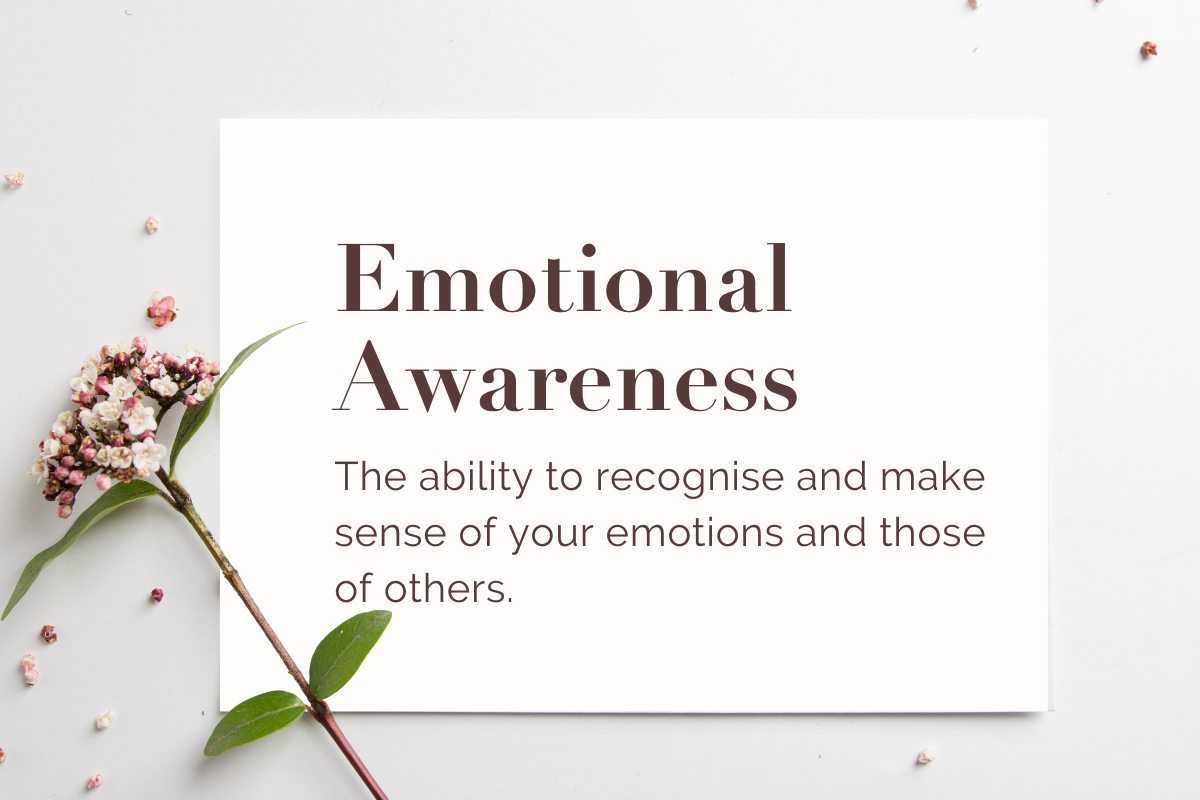How to overcome challenges as a team
There is much that neuroscience can teach founder CEOs about re-engaging a team member or finding solutions to complex problems. Creating a culture of trust improves team performance, engagement, and cooperation.
Continue Reading ↓
When founder CEOs create opportunities for team members to feel connected, its performance improves.
First published in January 2021. UPDATED in April 2022.
The SCARF model
The SCARF model sets out the conditions we seek in a social environment. By understanding these conditions, you can help avoid team members becoming disengaged or disruptive and foster a healthy team working environment.
The SCARF model sets out the conditions we seek in a social environment. By understanding these conditions, you can help avoid team members becoming disengaged or disruptive and foster a healthy team working environment.
The social motivations of a team
A team is a social environment and our brains are wired to seek out certain conditions in social environments. We are sensitive to any 'threats' to these conditions, which result in physiological changes that impact performance. When in a threat state we will see challenges as beyond our resources to manage.
People often disengage due to a lack of perceived autonomy, a lack of choice, or a lack of certainty. A threat to any one of these areas can trigger a strong emotional response. So, understanding these conditions helps you avoid situations where team members become disengaged or disruptive and empower you to create social situations that succeed.
The Scarf Model (Rock, 2008)
According to the SCARF model, we’re motivated by certain social conditions in any social environment:
Status
Feeling valued. Being seen as knowledgeable, being asked for expert input in a meeting, given an important role, given positive feedback.
Certainty
Knowing what's happening, what is expected, by when, next steps.
Autonomy
Having choice in what you do, like how and when you do your work.
Relatedness
Being part of a group, being able to relate to others, and feel included.
Fairness
Equal pay, recognition, air-time, time with the boss.
Use the SCARF model to help your team better understand their own response to a situation, to be able to rationalise it and move forward. Use it in coaching conversations with members of your team to help them understand why they might be struggling to engage.
Counteracting uncertainties
The effect of the social motivations identified in the SCARF model is collective and cumulative, both positively as well as negatively; meaning that a condition negatively impacting certainty can be counteracted with a positive experience of relatedness.
Whilst the future of a business, and an individuals’ long-term role in a company are uncertainties that can't be controlled, the effect of these uncertainties can be counteracted by creating certainty in other ways like stepping up communication, setting clear review points, and increasing transparency.
Your role is always to draw your team's attention to ways in which they do have autonomy, choice, and certainty and to create these conditions for your team.
Successful teams are emotionally aware
Raising self-awareness, social awareness, and creating opportunities for team members to feel connected will improve a team's performance, resilience, and adaptability.
The best predictor of a team's ability to work together is their social intelligence. Emotionally aware and articulate teams more easily build and maintain trust.
A lack of emotional awareness can undermine trust. Trust is lost when a person's words and behaviour are in conflict. Our brain mirrors the emotions of others and is triggered when there is a mismatch, like the boss who asks how you are and doesn’t wait for a response, or the person who says "I'm fine" when they’re obviously not.
Trust can also be built through clarity around roles and responsibilities, accountability for delivering and following through on promises to the team. With trust, team members can more easily receive feedback, increase their self-awareness, learn and grow individually and as a team.
How to build emotional awareness
Begin building trust within your team with a regular 'retrospective' exercise. Use it to decide what to:
Keep - what's working we should keep doing
Stop - what's not working we should stop doing
Start - what we should start doing
Question - what I'm not clear on
Team members should write their answers individually and then share with the group, going around the table, adding to what's already been offered.
Contributions should be framed factually, focusing on the situation, and avoiding sweeping statements about individuals.
Teams who are more emotionally aware and articulate will surface tensions and shape their way of working to support the team's productivity, enabling the team to be more resilient when facing challenges.
Once trust has been established between team members, build on their capacity to demonstrate emotional awareness with this curiosity exercise:
When a situation arises that triggers someone or multiple individuals in the group, invite team members to step back and be curious about what has taken place.
Acknowledge the impact
Label the emotion to take the heat out of it (and the situation).
Look at the facts of the situation in the past tense
Attempt to park any emotion, avoid discussing future implications, and assigning blame. Use the SCARF model to help your team understand why their colleague had a strong emotional response that may, or may not have been relative to the scale of the 'problem' or situation.
Reframe the situation
As a learning opportunity or options narrowed down. What can you take from the situation to move forward?
Teams are social environments and we are social creatures, who are easily unsettled if we perceive a threat to our social standing. The more comfortable a team is in articulating challenges, expressing conflicting opinions and cooperating to find solutions, the more successful and resilient they will be. Over time, socially intelligent teams learn to regulate how they interact to suit one another.
This ability to self-regulate and speak freely comes when there is trust and a sense of connection between team members, which is built upon the social awareness of the team. Team members will learn to be more self-aware, as you invite them to connect with one another, listen, and trust one another to speak their minds.
Source of inspiration: NeuroLeadership Institute Webinar ‘Coaching Your Team Virtually: Coronavirus and Beyond’.



